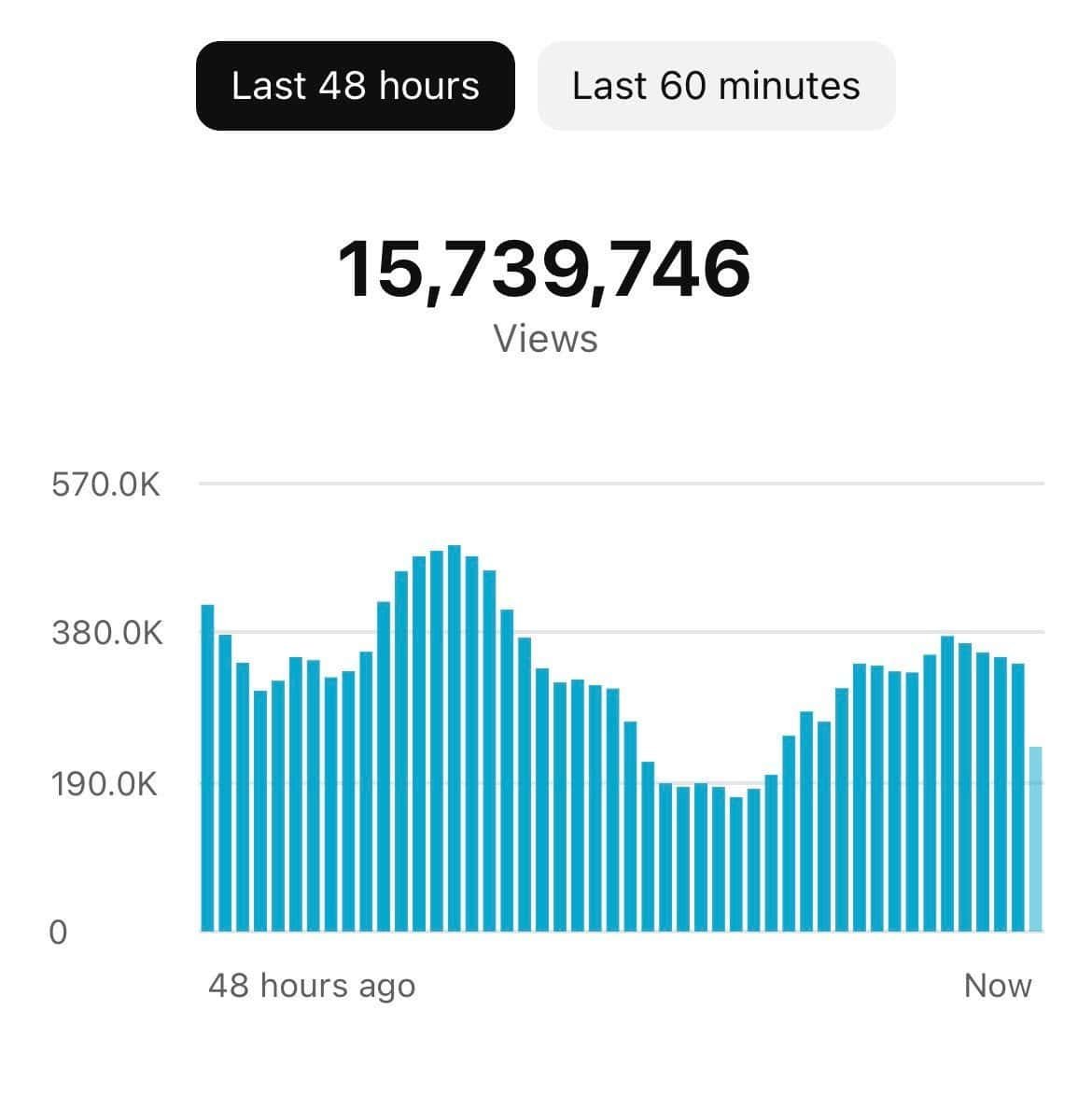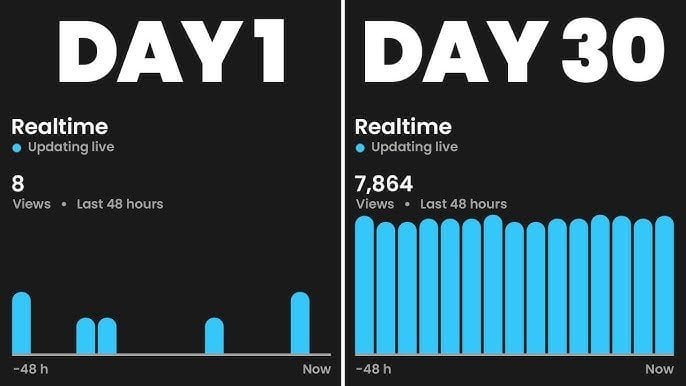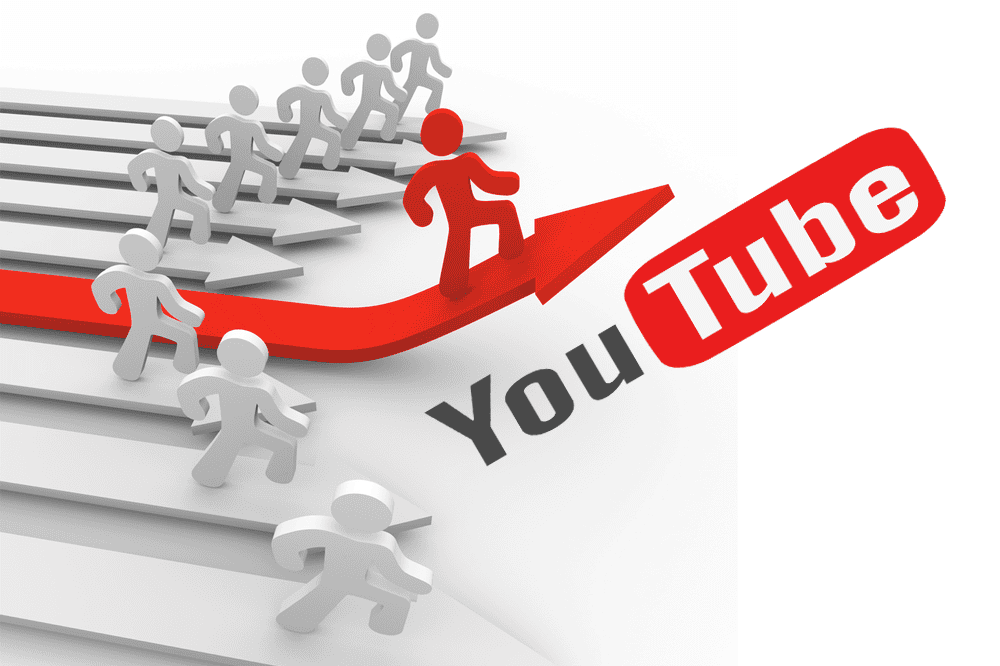Hi there mate! Are you ready to explode your brand’s visibility on YouTube without emptying your wallet? In this comprehensive guide, you’ll discover the secrets to navigating the world of YouTube influencer marketing, understanding costs, and maximizing your ROI. By leveraging cutting-edge influencer marketing strategies for YouTube, you can connect with your target audience more effectively than ever. This guide will help you identify the right influencers and tailor your approach to ensure that every dollar spent translates into meaningful engagement and brand growth. Get ready to transform your YouTube presence and watch your business soar!
YouTube: The Land of Opportunity
YouTube’s popularity is undeniable, with 62% of Americans watching videos daily and 92% tuning in weekly. This massive audience makes YouTube a prime platform for influencers. Some, like 11-year-old Ryan Kaji of Ryan’s World, have achieved celebrity status, boasting 30 million followers and even landing a TV show and toy line. Partnering with a YouTube influencer could be a game-changer for your product promotion.
Decoding Influencer Compensation
Understanding how YouTube influencers determine their rates is crucial for successful campaigns. Forget the notion of simply trading products for posts. Most influencers expect payment in addition to any free products provided. While newcomers might be willing to collaborate for free products, it’s not standard practice.
What Drives Up the Cost?
Several factors influence a YouTube influencer’s compensation:
- Audience Size: Influencers with larger audiences typically charge more. Ryan Kaji reportedly earned $29.5 million in 2019, illustrating the direct correlation between audience size and compensation.
- Content Type: The complexity and time commitment of the content affect the price. A simple image is cheaper than a video, and a product review is more affordable than an e-book. More intensive content creation leads to higher costs.
- Engagement Rates: Influencers with high engagement rates can command higher fees. Engagement rates between 2-3% are considered average, 4-6% are excellent, and anything above that is considered viral.
- Exclusivity: If you want an influencer to work exclusively with your brand, expect to pay a premium. This exclusivity requires a non-compete agreement and compensation for potential lost income from other collaborations.

The Price Tag: What to Expect
IZEA’s research provides benchmarks for influencer compensation on YouTube.
- Sponsored YouTube Post: The average cost is $2,102. Video content commands a higher price than static content due to the increased time investment.
- Comparison to Other Platforms: YouTube posts are more expensive than Facebook ($642) and Pinterest ($1,450) but cheaper than Twitch ($4,373).
- Bundling Platforms: Brands often collaborate with influencers for content across multiple channels. For example, YouTube and an Instagram Story average $12,007, while a blog and Facebook post combination costs around $1,735.
The Power of Audience Size: Nano to Mega
Influencers are categorized by audience size, each tier impacting campaign costs:
- Nano-influencer: 1,000-9,999 followers
- Micro-influencer: 10,000-49,999 followers
- Mid-tier influencer: 50,000-199,999 followers
- Macro-influencer: 200,000-499,999 followers
- Mega-influencers: 500,000-999,999 followers
- Web celebrities: 1 million-plus followers
Interestingly, data from 2022 reveals a shift in influencer marketing.
- Smaller is Better? Compensation increased for nano, micro, and mid-tier influencers, indicating a growing preference for smaller, more engaged audiences.
- The Celebrity Drop: Macro-influencers, mega-influencers, and web celebrities experienced a decrease in earnings. Mega-influencers saw the most significant drop, from $7,000 in 2021 to $5,500 in 2022. Web celebrities’ rates decreased from $6,500 to $5,800. Nano-influencers charged around $1,000, micro-influencers around $1,600, and mid-tier influencers about $3,500 in 2022.

Conclusion
YouTube influencer marketing presents a powerful opportunity for brands seeking to expand their reach and connect with target audiences in an engaging and authentic way. Understanding the various factors that influence influencer compensation, including audience size, content type, engagement rates, and exclusivity, is essential for crafting cost-effective campaigns that deliver a strong return on investment. The trend toward smaller, more engaged influencers suggests that brands are increasingly valuing authenticity and direct connections with niche audiences over the broad reach of celebrity endorsements. By carefully selecting influencers who align with their brand values and target demographics, marketers can leverage the unique power of YouTube to drive brand awareness, increase sales, and build lasting relationships with their customers. As brands navigate the shifting landscape of social media, the strategic use of influencer marketing for brand growth has become increasingly vital. By utilizing data-driven insights to inform their choices, brands can enhance their campaign effectiveness and ensure their messages resonate more deeply with intended audiences. Ultimately, fostering genuine partnerships with influencers not only drives immediate results but also cultivates long-term loyalty among consumers.
FAQs
Is it worth it to work with smaller influencers? Yes! Data suggests that smaller influencers often have higher engagement rates and can be more authentic and relatable to their audience. This can lead to better results for your campaign.
How do I find the right influencer for my brand? Start by identifying your target audience and researching influencers who cater to that demographic. Look for influencers whose content aligns with your brand values and aesthetic. Tools like IZEA’s Creator Marketplace can help you find and connect with relevant influencers.
What if an influencer’s engagement rate seems too good to be true? It’s always a good idea to do your due diligence. Use third-party tools to verify an influencer’s engagement rate and ensure that their followers are real and active. Be wary of influencers who buy followers or use engagement bots, as this can negatively impact the credibility of your campaign.

